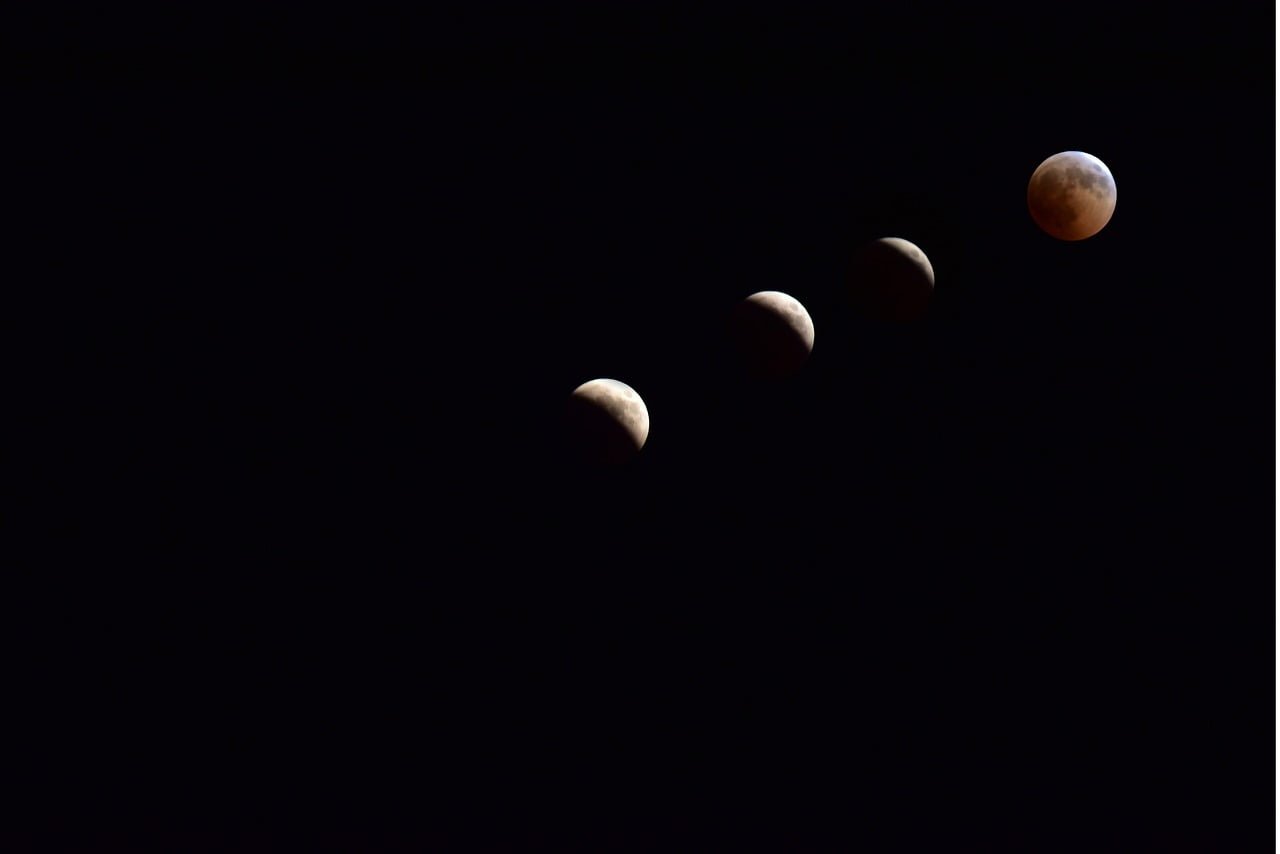Understanding Moonsighting
The moonsighting refers to the practice of observing the crescent moon to determine the beginning of a new lunar month. This practice is significant in various cultures and religions, including Islam, Judaism, and Hinduism, among others. In Islam, the moonsighting marks the beginning of the month of Ramadan, Eid al-Fitr, and Eid al-Adha, among other significant events.
Importance of Moonsighting
Moonsighting is an essential aspect of various cultures and religions around the world. Here are some points that highlight its importance:
Religious Significance
Moonsighting is an important practice in Islam, marking the beginning of the month of Ramadan, Eid al-Fitr, and Eid al-Adha, among other significant events. Similarly, in Judaism, the sighting of the new moon determines the start of Rosh Chodesh, which marks the beginning of a new month. In Hinduism, the new moon is a significant time for fasting, prayer, and reflection.
Cultural Significance
Moonsighting is a significant cultural practice in many communities worldwide. In India, the new moon marks the beginning of the month of Kartik, which is celebrated with the lighting of diyas (lamps) and performing puja (prayer). Similarly, in China, the new moon marks the beginning of a new month on the lunar calendar, and the celebration of the Mid-Autumn Festival.
Astronomical Significance
Moonsighting reminds us of the natural cycles of the universe and our connection to them. It helps us understand and appreciate the science behind lunar cycles and the impact they have on our lives.
Methods of Moonsighting
There are various methods of moonsighting used across different cultures and religions. Here are some examples:
Naked-Eye Sighting
This is the most widely recognized method of moonsighting in Islam. Individuals go out after sunset on the 29th day of the current lunar month and look for the crescent moon on the western horizon. If the moon is sighted, the new month begins the following day. If not, the current month completes 30 days, and the new month begins the day after.
Astronomical Calculations
Some communities use scientific data to predict the sighting of the crescent moon. These calculations are based on the position of the moon, sun, and earth.
Telescopes and Technology
Some communities use telescopes and other technology to aid in the sighting of the crescent moon. This method is gaining popularity among Muslim communities worldwide.
Read also: Full Moon Names From January to December and Their Meanings
The visible face of the Moon
The period of rotation of the Moon on itself is equal to its period of revolution. This synchronization induces that the Moon always presents the same face to the Earth. The synchronization of the satellites is the general situation of the satellites of the planets of the solar system (apart from Hyperion, a small irregular satellite of Saturn, with chaotic rotation and probably resulting from a “recent” impact).
Astronomical coordinate systems: horizontal, equatorial, ecliptic, galactic and supergalactic
This synchronization results from the tidal effect of the planet on its satellite, an effect which induces a deformation which, depending on the mode of explanation chosen:
1. Dissipates the rotational energy of the satellite by friction due to the deformation of the satellite as long as the bead is not fixed (the bead remains in the satellite-planet axis while the satellite rotates on itself) resulting in a slowing down of the rotation (loss of rotational energy),
2. Or causes an opposing restoring force to its driving movement by the rotation of the satellite, and this until the satellite always presents the same face to its planet (the bead is then facing the planet and the deformation is “frozen”). Like the other satellites of the solar system, the Moon always presents the same face to its planet, the Earth.
The Moon revolves around the Earth which itself revolves around the Sun. The Moon therefore also revolves around the Sun and does not always present the same face to it. As a result, the visible face of the Moon (for a terrestrial observer) is not always equally “illuminated”.
Read also: Nearest Galaxy and the distance from Milky Way (our galaxy)?
Example
An example of moonsighting is during the month of Ramadan, where Muslims fast from dawn until sunset for 29 or 30 days. The beginning and end of the month are determined by the sighting of the crescent moon, marking the start and end of the fast. Muslims around the world come together to celebrate the start of Ramadan, often by attending communal prayers and breaking their fasts together.
Conclusion
Moonsighting is a unifying and significant tradition for many cultures and religions worldwide. It serves as a reminder of the natural cycles of the universe, our connection to them, and the importance of observing religious and cultural practices. By understanding its significance and methods, we can appreciate the diverse cultures and religions of our world.
Sources: PinterPandai, Royal Museums Greenwich
Nearest Galaxy and the distance from Milky Way (our galaxy)?



